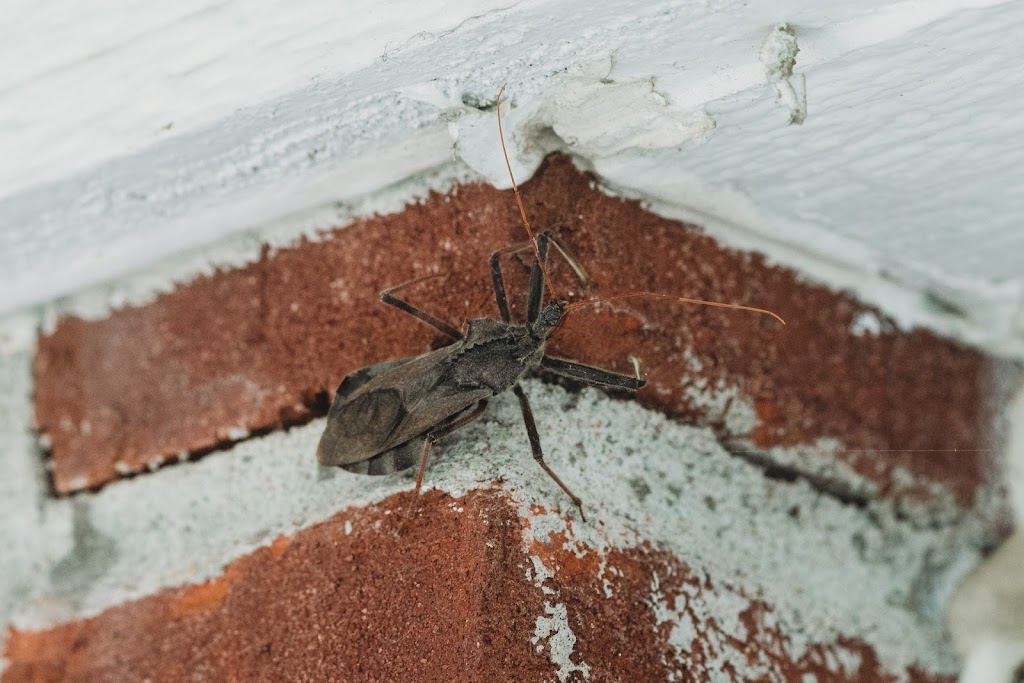The Assassin bug, also known as the kissing bug, is a fascinating insect with a reputation for being both deadly and strange. Found in Central and South America, as well as parts of the United States, this insect is known for its unique appearance and its ability to transmit a deadly disease called Chagas disease, it is an infection caused by the protozoa Trypanosoma cruzi.
The Assassin bug is a member of the Reduviidae family of insects. They are found in a variety of habitats, including forests, deserts, and even in your backyard.
The Assassin bug gets its name from its predatory behaviour, as it hunts and kills other insects by injecting them with a venomous saliva. Its bite is painful and causes an itchy sensation.
What tool does assassin bugs have
One of the most notable tools that assassin bugs have is their long, needle-like mouthparts, known as a rostrum or beak. The beak is used to pierce, allowing the bug to inject toxic saliva that immobilises and kills the prey. The beak is also used to suck out the contents of the prey, which is then digested using enzymes in its gut.
(Photo from :- Steven Van / Unsplash)
Assassin bugs have also developed a range of adaptations to help them locate and capture prey. Some species of assassin bug, for example, have developed specialised hairs on their legs that allow them to sense vibrations in the environment. They are able to emit pheromones or other chemicals that attract their prey, making it easier for them to capture it.
Another tool that assassin bugs have is their incredible agility and speed. These insects are able to move quickly and precisely, allowing them to stalk and ambush their prey with ease. They are also able to change their tactics depending on the type of prey they are hunting, whether it is an insect, a spider, or even a small vertebrate.
How did researchers find the bug
The research conducted by a team of entomologists from the University of Utah, focused on the giant assassin bug, also known as Platymeris biguttatus. This particular species of assassin bug is found in sub-Saharan Africa and is known for its impressive size, with adults reaching lengths of up to four inches
(Photo from : Maddy weiss/Unsplash)
To study the giant assassin bug, the researchers used a combination of high-speed cameras and micro-CT scans to capture detailed images of the insect’s hunting behavior. They found that the bug’s beak-like structure is not just long, but also incredibly strong and flexible, allowing it to easily pierce through tough exoskeletons of its prey. Further, the bug’s saliva contains a complex mix of chemicals that paralyses its victims and breaks down their tissues, making them easier to digest.
But what makes the giant assassin bug so effective at hunting is not just its physical abilities, but also its clever tactics. The bug is known for its stealthy approach, changing its colour to blend in with the surroundings. It goes unnoticed by the prey until it is too close to escape. The researchers found that the bug is also highly adaptable, able to change its hunting strategy depending on the target prey.
While the giant assassin bug may be a fascinating subject of study, it is important to remember that these insects are also important predators in their ecosystem. They play a crucial role in controlling populations of other insects.Further, the slender and sharp beak structure has inspired development of micro-syringes for painless drug delivery.
[One example is the creation of a needle-like micro-syringe that mimics the assassin bug’s stylet, a slender, sharp structure it uses to inject venom into its prey. This technology has paved the way for painless and precise injections], revolutionising the field of medicine. The micro-syringe design enables it to penetrate the skin smoothly and deliver medication or extract samples with minimal discomfort to the patient.
In conclusion, the research into the giant assassin bug has shed new light on how complex their hunting strategies can be. From their strong and flexible beaks to their clever tactics, these insects are a true marvel of nature and an important part of our ecosystem.




